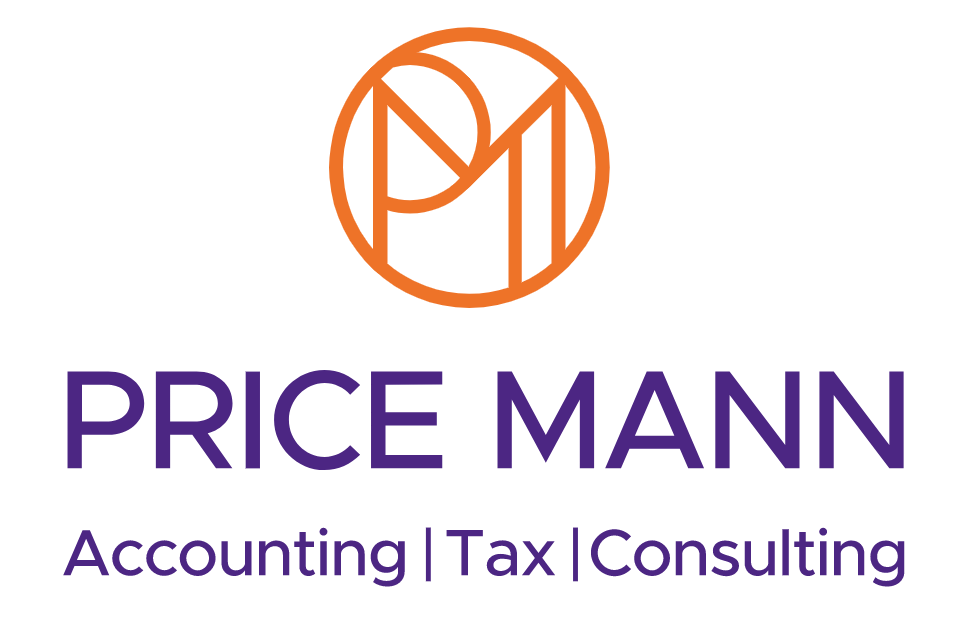Cashflow management strategies
Cashflow management strategies
Take control of your business finances
You don’t have to spend long running a business before you realise how important cashflow is: the balance between money coming into your company and the money going out on a weekly or monthly basis. There’s not much in commerce more likely to give you sleepless nights if it goes awry than cashflow, as it’s hard to turn around quickly. But by taking a considered approach, understanding the data and anticipating problems and opportunities early, you can regain and retain control of this dynamic – even when events go against you.
Of course, it has been a particularly difficult two years brought on by the pandemic. Uncertainty has reigned, along with major disruptions to trade, demand and staffing – albeit tempered to some extent by government support. And just as we begin to learn to live with COVID-19 (and support is withdrawn), other challenges emerge: like rising inflation and global security concerns. In a continuingly uncertain world, here are some practical tips to help you understand, manage and then improve your cashflow so you are in the best condition possible to face the future.
Monitoring cashflow
They say knowledge is power, and that’s certainly true when it comes to managing cashflow. It starts with simply monitoring the money going in and coming out on a regular basis – let’s say monthly, but weekly (or another period) may work better for some businesses. You have probably already adopted some form of accounting software to aid your finance function. Such software can help with cashflow monitoring, by combining access to all your banking transactions with tools to collate, display and analyse information.
What’s coming in?
The income your company receives will depend on the nature of your business, but some of the typical sources will be:
- Sales revenue
- Money available from loans or overdrafts
- Interest on cash savings
- Investment injections
- Business grants
- Tax refunds or money from HMRC schemes
Look back over 12 months and document all these incomings for each month. Then do the same for expenditure.
What’s going out?
Again, this will differ depending on what kind of company you run, but here are some ideas to get you started:
- Staff salaries or wages
- Dividends
- Taxes
- The costs of outsourced services
- Rent
- Rates
- The costs of goods or raw materials
- Buying equipment and other assets
With incomings and outgoings recorded for each month you can get your historical net cashflow by subtracting the outgoings from the incomings, to see a positive or negative figure for each month. This is unlikely to be a consistent figure – for example, quarterly VAT payments may distort it every three months, you may have seasonal variations in trade, you may have to make a one-off large purchase and if you are growing or declining this may show as a trend.
Forecasting cashflow
Historical data is not much good on its own, but it is a key ingredient for forecasting, which is what will help you in the months ahead. Forecasting is a complex job and you may need the help of an accountant to do it reliably, but we can talk in simple terms to get the essence across.
You are trying to get as accurate a picture of your finances in upcoming months as possible. Armed with this you can plan for challenges and opportunities, and generally make informed business decisions. It can also give you peace of mind. Priceless! The timeframe you choose to look at is up to you. It may be for a few months, is most often for a year, but could be for several years ahead. It depends on what is useful to you and what data you have.
Let’s take a year’s view. You are going to repeat the historical records you created, but for the next 12 months. Begin with sales data, including VAT if relevant. You may base this on the previous 12 months completely if you think that is likely, or a modified interpretation based upon any changes you are aware of – say a big new contract, or a predicted downturn. Factor in how long it takes for you to receive payment from sales. Accounting software is really good for telling you the average length of time it takes for individual customers to pay.
With a sales forecast complete, you can add your other incomings to it, based on the past records you have created. And then add all the outgoings in the same way. As before, you can modify these, based on any deviation in the figures that you anticipate. Indeed, a crucial part of a cashflow forecast is that it is not a static document. You keep amending it as the data changes. Another useful thing to do with your forecast at this stage is to model different scenarios – at least: best case, worst case and most likely case.
Strategies for improvement
So far, creating your cashflow forecasts might seem like a lot of hard work, for little material benefit. But with this time invested, you can start to see the returns. You now have the knowledge and confidence to be proactive rather than reactive. The forecasts allow you to more accurately predict what will happen:
A big new contract has been signed, significantly raising positive cashflow – You can recruit new staff with confidence to manage the workload.
A large rise in raw material costs (in a worst-case scenario) erodes profitability – You can see how much you will need to raise prices by (or cut costs elsewhere) to compensate.
February and March tend to be the quietest income months for businesses - You can make sure you have an overdraft facility in place before then to tide you over.
As well as this planning element, good cashflow management will also focus you on speeding up the money coming into your business, and slowing down the outgoings. For instance, tighter credit control on your customers who pay late could be transformative. Or prudently reducing certain costs (in a way that doesn’t degrade quality, operational ability or staff morale) may help you reduce your number of negative cashflow months.
It is worth exploring how technology can help you both get money in faster and/or cut costs. The dreaded A-word, for example: Automation. Accounting software can seamlessly reconcile transactions and send out and chase invoices. Chatbots can engage with website visitors, speeding up their purchases without any staff time used. We are not talking about making human jobs redundant: you can get your people doing higher value work for you, raising productivity and improving cashflow.
Remaining COVID-19 support funding
We earlier briefly touched upon how you can use cashflow forecasting to identify when you may need an overdraft facility in place. And, of course, the same principle applies to any funding. In February, the Government urged businesses to check whether they were eligible for any outstanding COVID-19 support grants. They said £850 million worth of grants were still on the table. Moreover, the coronavirus recovery loan scheme remains open to SMEs until 30 June 2022. The parameters are tighter than they once were, but it is still an attractive offer.
Further help
If you are new to everything we have described, it may seem a complicated process. That’s why we’re here to help you create, monitor and manage your cashflow forecast.
Talk to us about cashflow forecasting.













